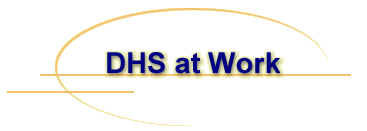

The U.S. Customs Service, an arm of the Treasury Department, is responsible for ensuring that all imports and exports comply with U.S. laws and regulations.
More specifically, Customs processes all the persons, baggage, cargo and mail crossing the nation's borders; it interdicts and seizes contraband, including illegal drugs; it assesses and collects duties, excise taxes, fees and penalties on imported merchandise; it protects American business, labor and intellectual property rights by enforcing laws intended to prevent illegal trade practices and it enforces special import and export restrictions designed to control critical technology used to develop weapons of mass destruction.
In addition to its own laws, Customs enforces over 400 provisions of laws for other U.S. agencies concerned about such matters as the environment, motor vehicle safety, pesticides, water pollution standards and endangered wildlife.
In regards to the criminal enforcement activities of Customs, drugs has become dominant. One aspect of this work, according to the agency, is the seizure in 1998 of 954,936 pounds of marijuana, 157,035 pounds of cocaine and 2,934 pounds of heroin.
The Customs Service in 1998 numbered slightly more than 20,000 employees, about the same as it did in 1992. Of the 1998 total, 2,775 were criminal investigators (table).
The challenges facing the Customs Service are considerable given the nation's lengthy borders and the fact that in 1998 alone, 380,050,613 persons entered the United States by land, 71,558,239 by air and 8,128,978 by sea.
Among the major segments of the Customs Service at the national level are the Office of Field Operations, the Office of Investigations, the Office of Strategic Trade, the Office of Internal Affairs and the Office of Regulations and Rulings. Other important administrative units include the Regional Ports of Entry, the offices actually administering the inspection and other functions of all inbound and outbound traffic; and the Investigative Field Offices, responsible for enforcement activities within each region.
